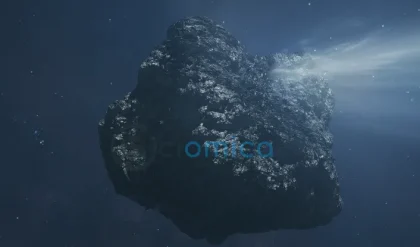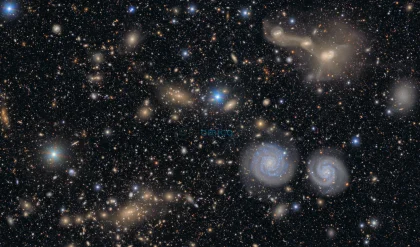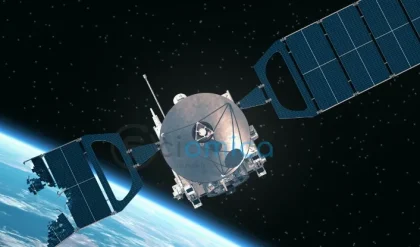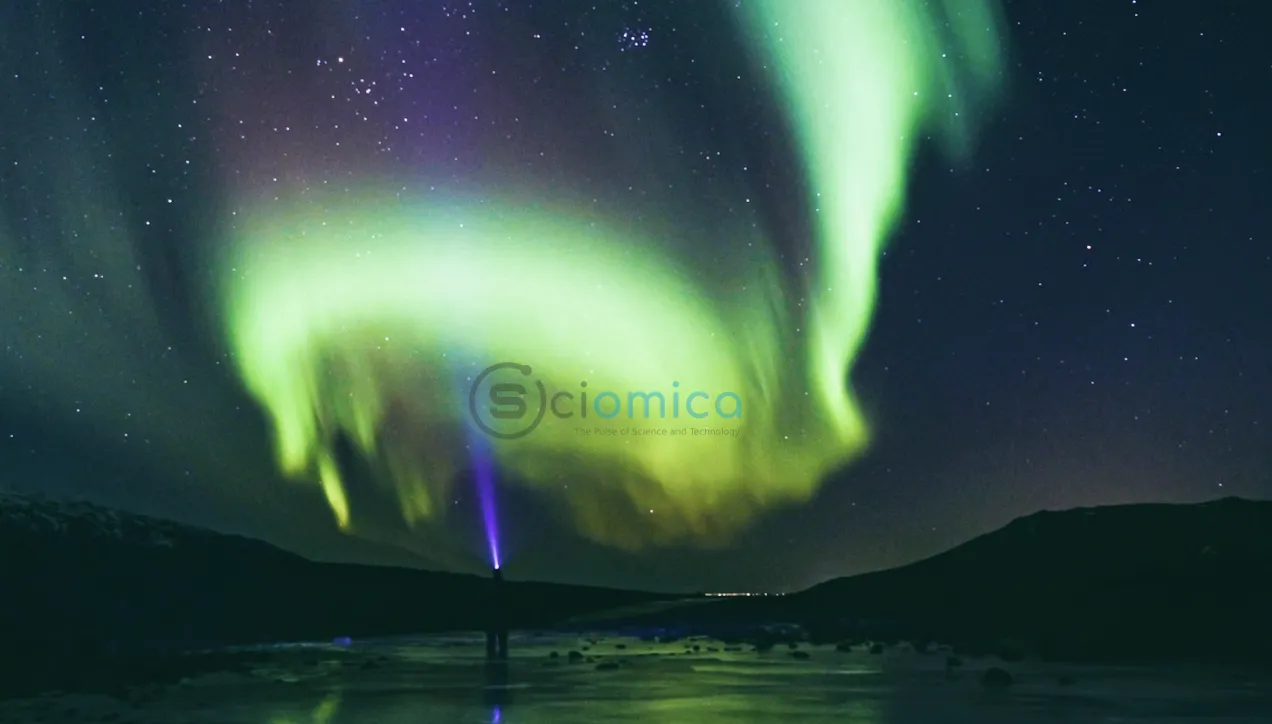
A significant cosmic event is set to illuminate the skies across parts of the United States. Tonight, June 25, a coronal hole on the sun is projected to send high-speed streams of charged particles toward Earth, potentially creating stunning displays of auroras visible over roughly 15 states.
The Space Weather Prediction Center, part of the National Oceanic and Atmospheric Administration (NOAA), has indicated that while the auroras are expected to be most intense in Alaska and Canada, they could also extend into northern regions of the contiguous United States.
“The aurora may become visible over some northern and upper Midwest states from New York to Idaho,” stated representatives from the Space Weather Prediction Center in an update on the anticipated geomagnetic activity.
Understanding Coronal Holes
What does this mean for those keen on catching a glimpse of the northern lights? The phenomena stem from coronal holes—less dense areas in the sun’s outer atmosphere, known as the corona. These regions allow streams of charged particles to escape into space at considerable speeds. When these high-energy streams collide with Earth’s magnetic field, they escalate geomagnetic activity, which in turn triggers the creation of auroras.
This evening’s expected light show is due to a moderate geomagnetic storm classified as G2 on the storm scale, which ranges from G1 to G5, with G5 representing the most severe storms. While G2 storms are not uncommon, they can produce remarkably vibrant auroras.
International weather agencies, like the U.K.’s Met Office, have noted that the geomagnetic disturbances might result in minor to moderate storms, with the potential for a stronger G3 storm also in play.
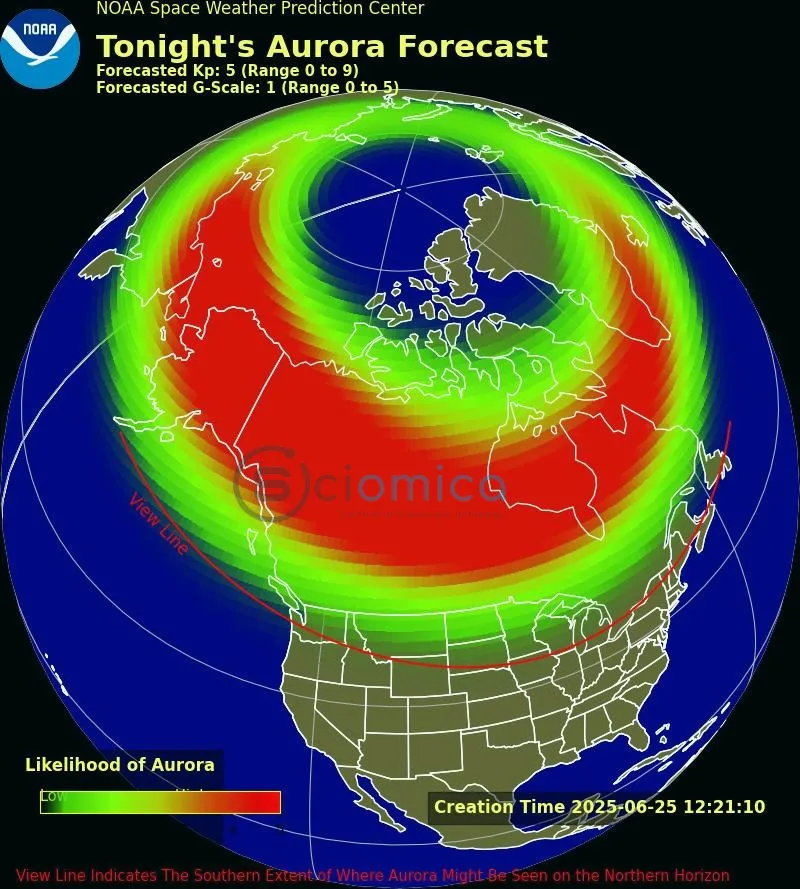
The Science Behind Auroras
So, what causes auroras to glow? These captivating displays occur when charged particles emitted by the sun collide with atoms in Earth’s upper atmosphere. As these particles interact with oxygen and nitrogen molecules, they release energy that manifests as glowing colors in the sky. Depending on the type of gas struck, different hues emerge: oxygen produces greens and reds, while nitrogen contributes blues and purples.
While the auroras are anticipated to be most visible over Alaska and Canada, observers in states along the northern edge of the contiguous U.S. should keep their eyes on the sky. Interestingly, auroras can be seen from over 620 miles (1,000 kilometers) away from their epicenter, meaning that conditions might still allow for breathtaking views even when they are not directly overhead.
When to View the Auroras
For those hoping to witness this cosmic spectacle, viewing conditions are generally best just after sunset or just before sunrise. However, the unpredictable nature of auroras means that there are no guarantees of sightings, even in the states where visibility is expected to be optimal.
After tonight’s event, geomagnetic activity is projected to decline, with a minor G1 storm anticipated for tomorrow, June 26.
As such, tonight offers a rare opportunity for skywatchers across the northern United States to engage with one of nature’s most stunning light displays. Enthusiasts are encouraged to look towards the northern horizon, remain patient, and enjoy the spectacle of the universe’s glowing artwork.




